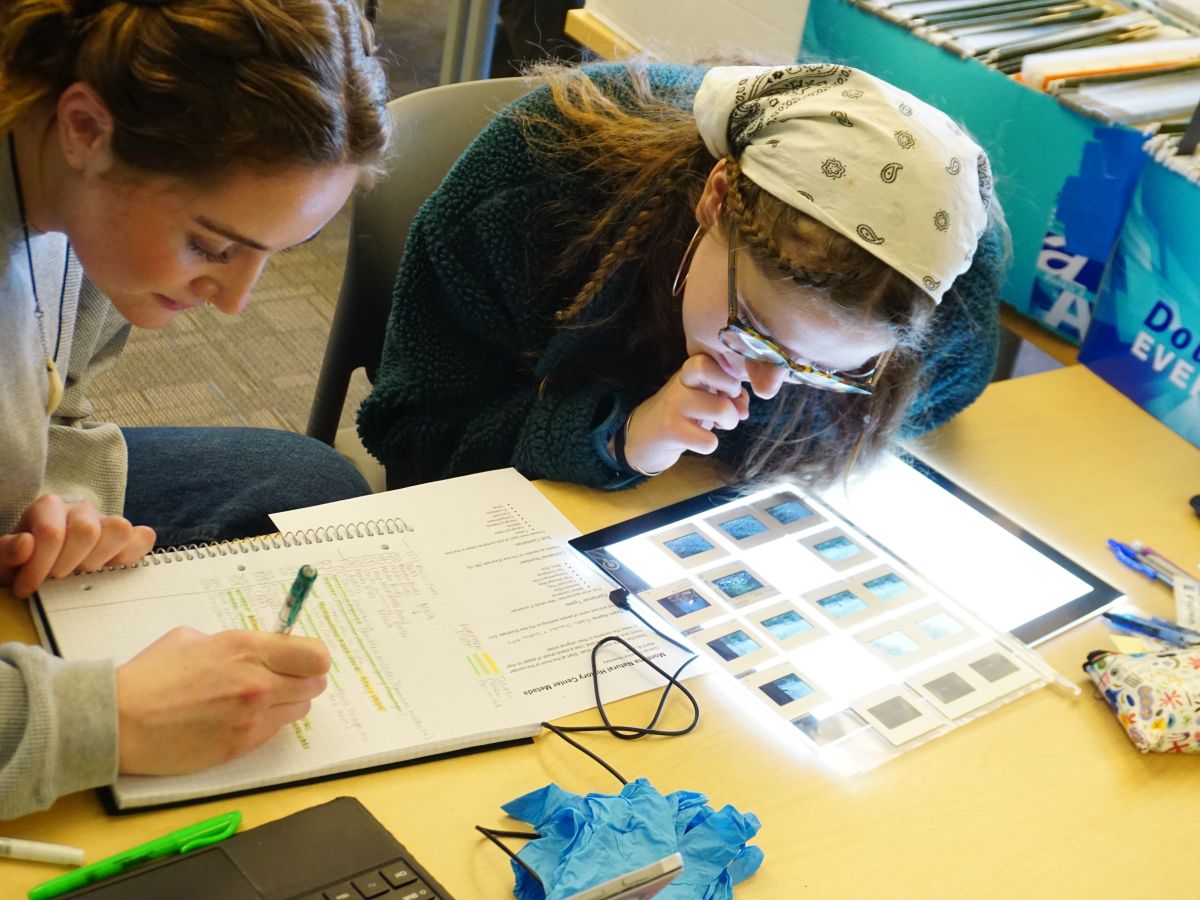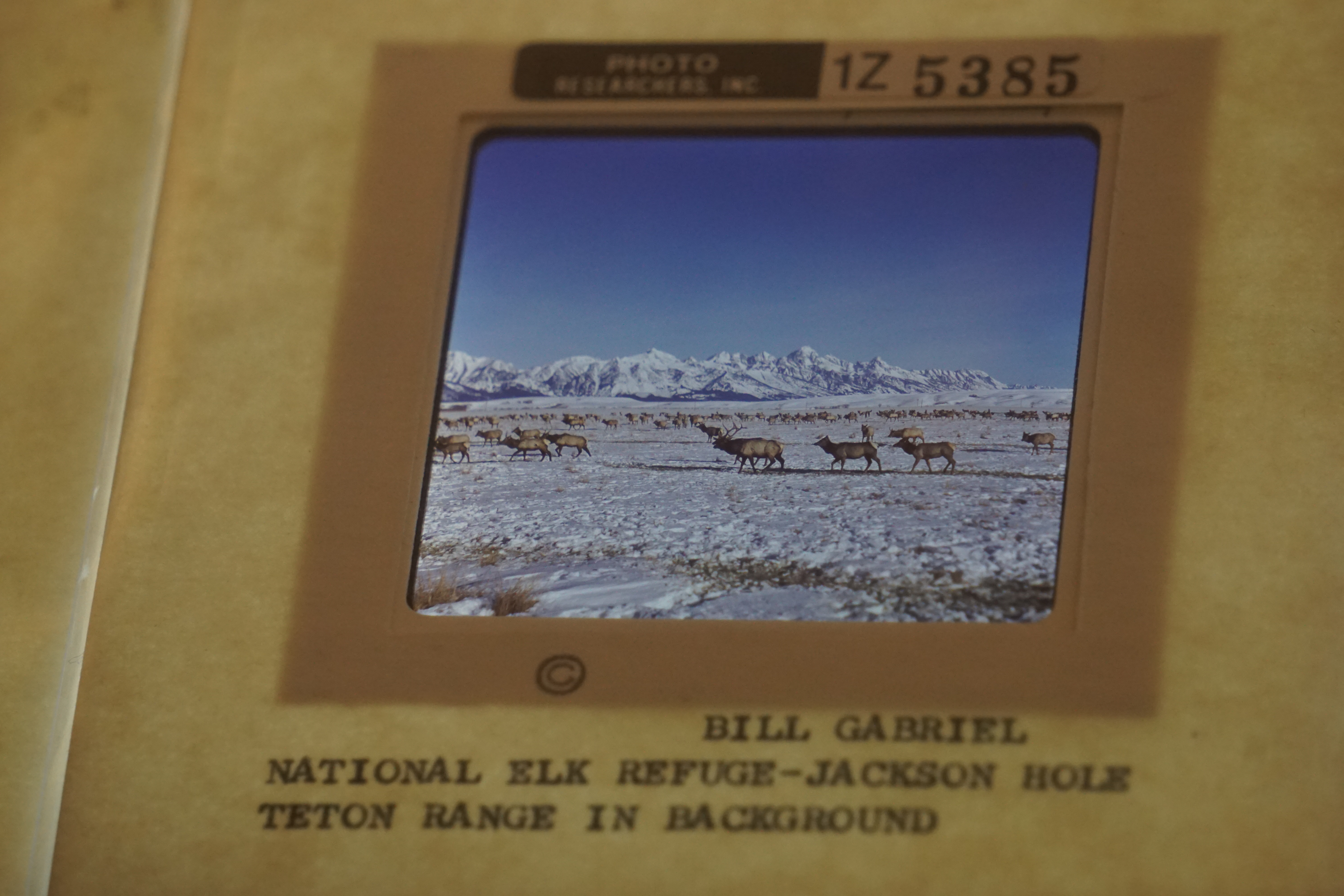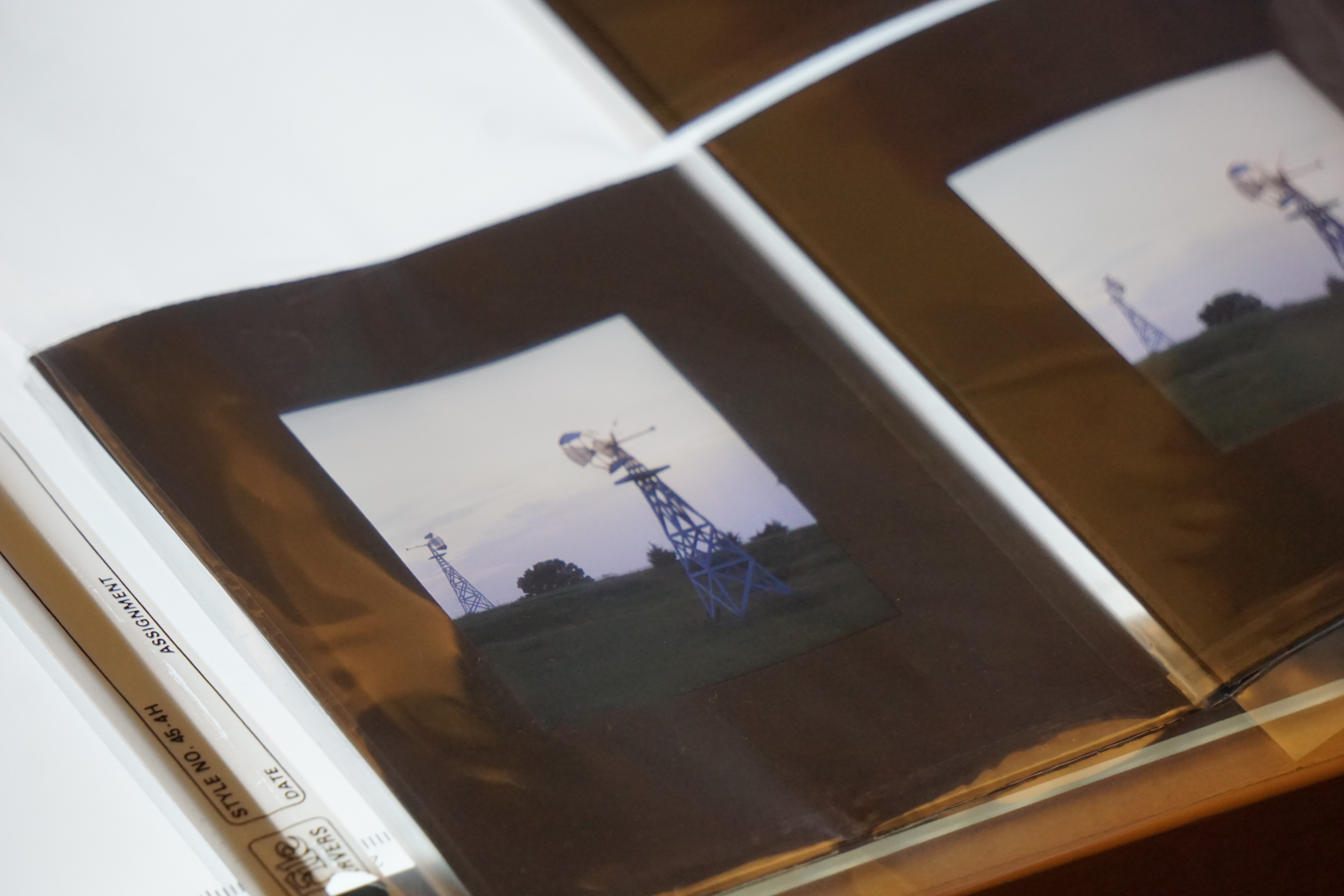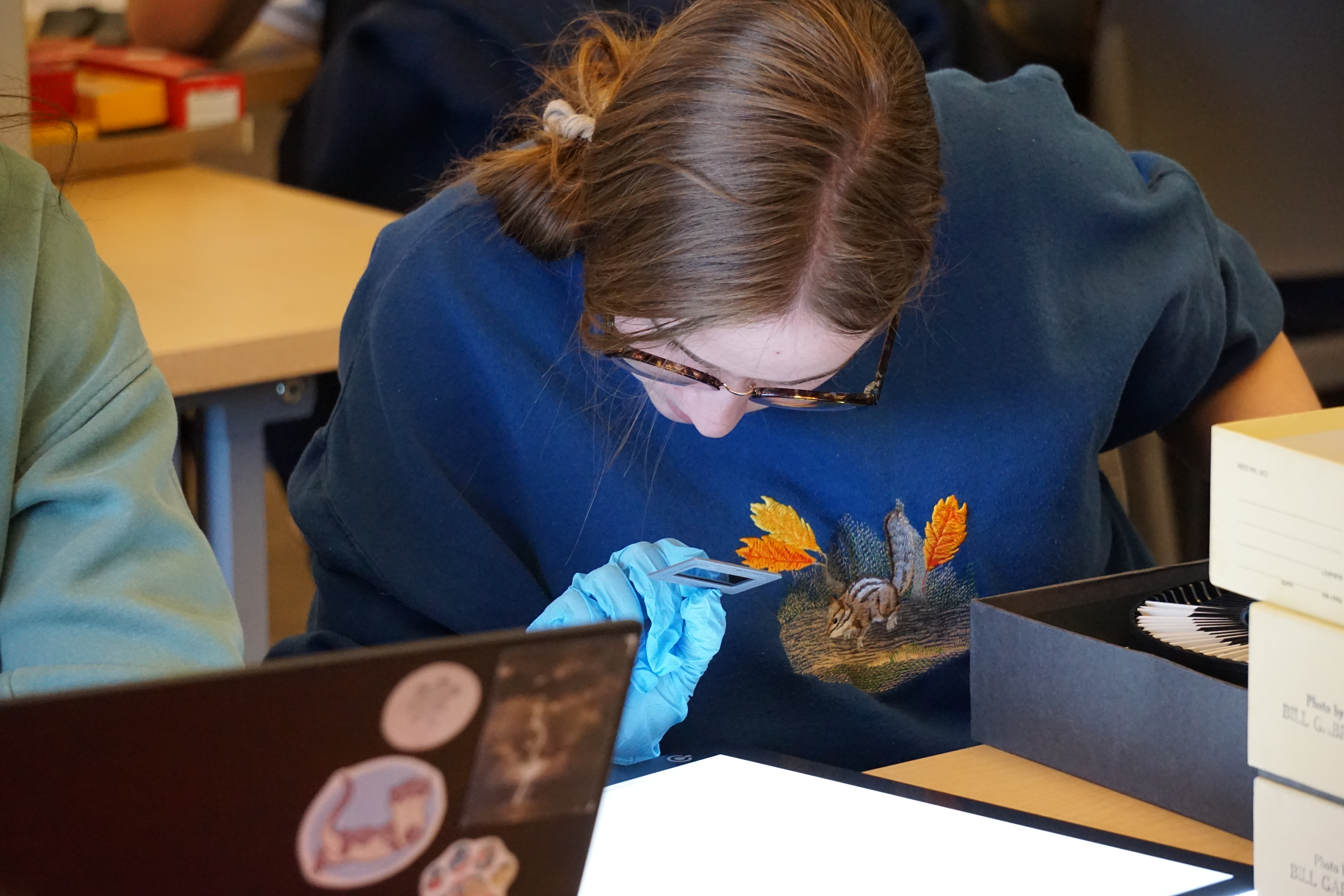US Environmental History Students Become Public History Consultants

Professor Eric Zimmer’s Spring 2023 US Environmental History Class undertook a collaborative public history project with the Montana Natural History Center (MNHC) in Missoula. In addition to regular weekly readings and discussions about humanity’s ever-evolving relationship with the natural world, students planned and executed a survey of the Gabriel Photograph Collection at the MNHC.

Dr. Herman William “Bill” Gabriel was a graduate of the UM College of Forestry (PhD 1976) and a lifelong advocate for wild places. After his death in 2020, Gabriel’s estate donated some 85 archival containers that held around 75,000 35mm slides to the museum. The images document Gabriel’s travels across Montana and around the world between the 1960s and early 2000s.
Funded by the MNHC and a grant from the UM Experiential Learning Faculty Support Fund, and with guidance from archivists Donna McCrea and Erin Baucom from the UM Mansfield Library Archives and Special Collections, the class worked with the MNHC to inventory the Gabriel Collection, capturing metadata and summarizing the relevance of Gabriel’s photographs to the MNHC’s scope of collections. This work positioned the MNHC to prioritize parts of the collection for long-term preservation, incorporate it into future exhibits, and consider the possible integration of the collection into a digital content management system.

To support the goals of the History Department’s public history certificate program, Zimmer designed this class to simulate a historical consultancy project. The students acted as a consulting firm, with Zimmer working as the project manager, McCrea and Baucom as expert advisors, and the MNHC as a client. In Phase I, we identified the MNHC’s needs and goals for the collection, planned a field inventory, and produced a master spreadsheet and professional summary memos documenting each student team’s work. One student also conducted an accessibility review of the MNHC’s permanent exhibits, suggesting opportunities for the MNHC to strengthen interpretive experiences for visitors with visual, hearing, and mobility challenges.

Based on all this work, MNHC made a series of strategic decisions about the collection, and in Phase II, students broke into several teams to support those goals. One team researched and wrote a detailed biography of Gabriel to accompany the collection and future exhibits. Another group reviewed potentially “out of scope” images to prepare them for removal from the MNHC’s collection. A third group examined “in scope” images and prioritized them according to the museum’s scope and needs. A fourth group expanded the accessibility review conducted in Phase I. At the end of the semester, the students gave a public presentation about the project.
 All in all, it was a whirlwind semester that connected UM departments to one another and the Missoula community in exciting ways, culled and organized an important historical collection that helps document the environmental history of Montana and the surrounding region, and provided students with hands-on experience and a successful, collaborative project to which they can refer in graduate school and job applications and interviews for years to come. Mission accomplished.
All in all, it was a whirlwind semester that connected UM departments to one another and the Missoula community in exciting ways, culled and organized an important historical collection that helps document the environmental history of Montana and the surrounding region, and provided students with hands-on experience and a successful, collaborative project to which they can refer in graduate school and job applications and interviews for years to come. Mission accomplished.
#MakingHistoryPublic